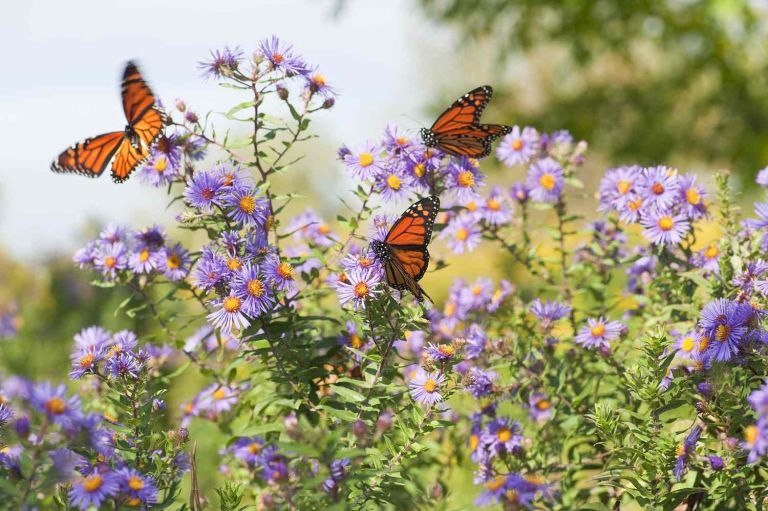
What Is a Butterfly Garden?
A butterfly garden (also known as a butterfly sanctuary or butterfly habitat) is a designated area where butterflies can feed, thrive, and complete their life cycles. The plants you grow in your garden attract butterflies and moths (lepidopterans), which help with pollination. A well-maintained butterfly garden supports butterflies at every stage: egg, larva, pupa, and adult. Butterflies are most active from spring to late summer when plant growth peaks.
7 Steps for Creating a Butterfly Garden
Building a butterfly garden isn’t difficult, but these seven steps will help you ensure both your plants and butterflies flourish:
-
Choose the Right Location
Ensure your butterfly garden gets plenty of sunlight to encourage flower growth and attract butterflies. -
Select Flowers that Attract Butterflies
Fill your garden with nectar plants and host plants. Nectar plants, like butterfly bush and coneflowers, feed adult butterflies, while host plants, such as milkweed, provide food for caterpillars and a place for butterflies to lay eggs. -
Use Organic, Homemade Bait
Butterflies are drawn to sweet, yeast-based baits. A mix of rotting fruit and sugar can provide essential nutrients. Place this bait on flat rocks or dishes where butterflies can easily reach it. -
Add a Water Source
Butterflies need water to stay hydrated. Create a puddling station using a shallow dish filled with muddy water. Place it near bait stations to provide vitamins and minerals like sodium. -
Build Butterfly Shelters
Trees, shrubs, and butterfly houses offer shelter from predators and weather. A simple wooden box can be enough to protect resting or hibernating butterflies. -
Avoid Toxic Pesticides
Stay clear of chemical pesticides, which harm butterflies. Opt for natural pest control methods like companion planting to protect your garden. -
Keep a Garden Diary
Track the growth of your flowers and the appearance of butterflies. A garden diary helps you monitor progress, troubleshoot issues, and plan for future seasons.


